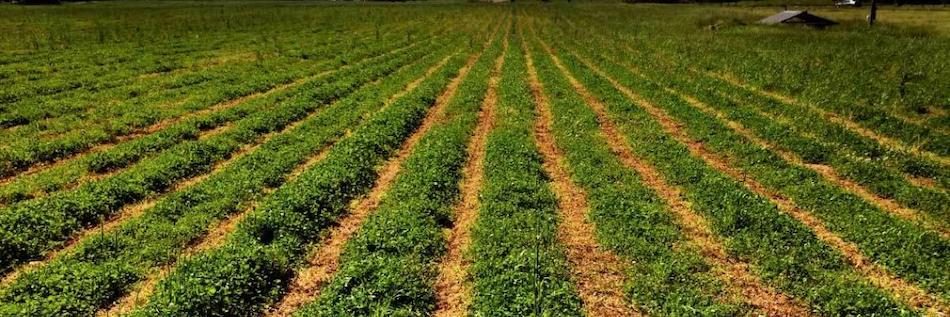The ability of cover crops to stimulate microbes deep in the soil of farm fields leads to significant gains in water quality but does not necessarily increase the capacity of soil to store carbon, according to a recently published study from Iowa State University scientists.
The study, published in the academic journal Global Change Biology Bioenergy, analyzed soil samples that had undergone a wide range of long-term treatments. Steven Hall, an assistant professor of ecology, evolution and organismal biology and corresponding author of the study, said the research delves deep below the surface to explore how cover crops and perennial prairie plants affect soil microbial activity.
The research found winter rye, a plant commonly used as a cover crop, provides a source of carbon that stimulates microbes as much as a meter under the surface of the soil. That stimulation increases the microbes’ demand for nutrients. The process of consuming soil nutrients keeps those nutrients from running into waterways, which is an important environmental benefit.
However, the microbes may digest much of the carbon provided by the cover crop, converting it into carbon dioxide, which is released to the atmosphere. This means that the cover-crop carbon is not necessarily stored, or sequestered, where it could help offset climate change.
The findings may surprise some who assume having more plants in the soil means increased carbon storage, Hall said.
“Cover crops and perennials provide key benefits for water quality, but I wouldn’t hang my hat on rapid carbon sequestration benefits,” he said. “We’ve found a tradeoff. Greater plant growth doesn’t necessarily mean gains in carbon sequestration if microbial activity also increases.”
The study analyzed 96 soil core samples taken from a 10-year field study. Some of the fields underwent continuous corn planting, some underwent corn-soybean rotation, some had cover crops following continuous corn and some had reconstructed prairies. The core samples allowed the researchers to figure out how deeply cover crops and perennial plants intensify microbial activity, and to see what carbon sources microbes were digesting.
“Despite their notable environmental benefits, neither unfertilized perennials nor cover crops necessarily promote rapid soil carbon sequestration relative to conventional annual bioenergy systems because of concomitant increases in decomposition,” the study reported.
Looking Into Cover Crops & Glyphosate Resistance in the UK & U.S.
It’s no secret that glyphosate resistant weeds are becoming more of a problem for farmers all over the world. But what role do cover crops play in this situation and how does it vary between the U.S. and the UK?




